In November 2018 we paid our annual visit to Asia: we combined a large fisheries and seafood fair in China with visits to the factories of our suppliers and a trip to South Korea, from where we source our Korean snow crab.
As every year, Pittman once again visited the largest fisheries and seafood fair in Asia in early November 2018: the Qingdao Fisheries & Seafood Expo. With more than 30,000 visitors and 15,000 exhibitors, this is the ideal place for purchaser Kurt Fierens and business manager Joke VandePitte to see a lot of suppliers in a short period of time and to meet new suppliers.
We always combine this exhibition in China with some visits to factories where our wild salmon and Alaska pollock are produced. We noticed that the production pipeline for producers is quite full, up until the Chinese New Year (5 February 2019). It is therefore important for our customers that we build sufficient buffers to bridge this period.
KOREAN SNOW CRAB
The second part of our trip took us to South Korea, the production country of our Korean snow crab. The Korean snow crab is mainly caught in the northeast in Sokcho, where about fifteen boats fish for this crab, and in Hupo in the southeast, where about twenty boats fish for the snow crab.
They fish for snow crab all year around, except for July and August. The vessels (each with a crew of about five people) fish with the same type of ‘traps’ that are used in lobster fishing. The crabs are caught at great depths of between 1000 and 2000 metres. The crew remains at sea for six days at a time. The nearest catch zone is about 5 hours distance from the harbour, the furthest takes about 1 day to reach. Depending on the size of the vessel, the capacity is between 300 and 800 crates (each of 30 kgs) per fishing trip. The traps have an escape mechanism to ensure that the carapace diameter measures at least 7 cms. This is to spare the smaller crabs.
DIFFICULT YEARS
Our conclusion after our trip to South Korea is that is going to be an intense year again for the few producers that are currently still exporting to Europe. The demand is high but the supply is low.
We know from experience that this usually occurs in cycles: a few good years, followed by some bad years, etc. Unfortunately we are now in the difficult years. We have noticed that there are some factors that are making the situation even more difficult for crab fishing at the moment. For instance, there are fewer crabs as a result of:
- the earthquake in Japan.
- higher sea temperatures, which means that the crabs have less need to look for food. Because there is less activity on the seabed, they are less interested in looking for bait in the traps.
- the reduced quotas. And the quota limits are not even fully achieved, because the catches are so poor.
The prices remain a challenge. The fishermen want very high prices for their goods, because supply is low and demand is high. And on top of that, the labour costs are expected to increase by 15% from January.
However, there is hope that crab fishing will enter a better cycle again in 2019 or 2020. In the long term, there is hope that relations between North and South Korea will improve, so that it becomes possible to fish in North Korea (where there is still plenty of crab according to our producers and fishers).
We have in any case sufficient supply and together with our producers we are doing our utmost to provide the most competitive price.
IMPORTANT TO MEET SUPPLIERS
Meeting with our suppliers on a regular basis remains important for Pittman Seafoods, and not only at exhibitions but also at their own factories. It provides us with much more insight into their opportunities and challenges. The cultural aspect is also very important, just as the question of how to achieve synergy between two different worlds by translating our requirements to the possibilities of our partners over there.
This all makes such a journey extremely fascinating and enriching. We were, for instance, immersed in the Asian cuisine for two weeks, from hotpots in China to a delicious cold cod soup for breakfast in South Korea.
Full of passion, we continue to scour the globe to find a nice piece of seafood for our customers!










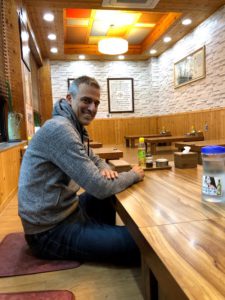
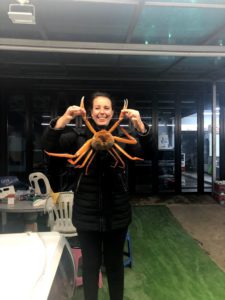

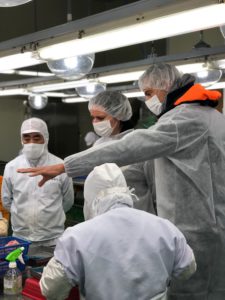
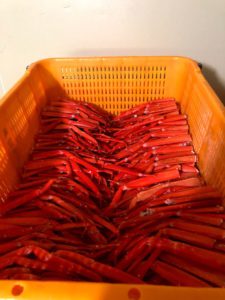
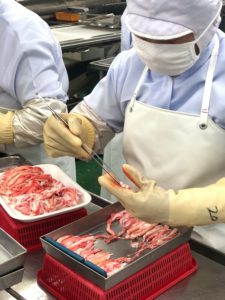


Comments